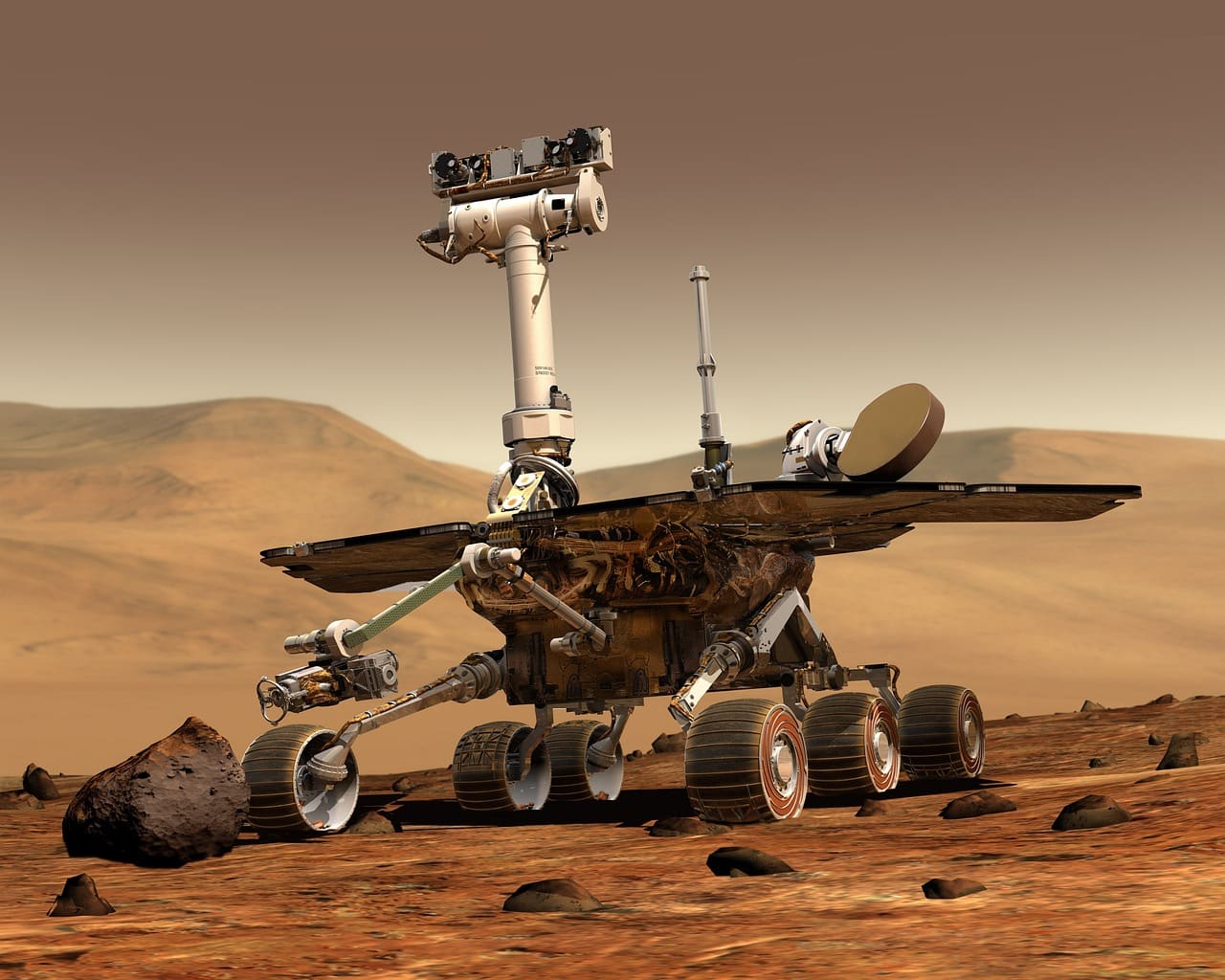The landscape of healthcare services in the UK is ever-evolving, driven by advancements in technology and shifts in patient needs. One development with the potential to revolutionize the delivery of health services is the increased use of robotics. This article aims to explore the potential applications of robots in healthcare and how they might transform the future of health services in the UK.
The Present State of Robotics in Healthcare
The advent of robotics in healthcare is not a completely new phenomenon. Indeed, robots have been slowly but steadily making their way into the healthcare sector, performing a variety of tasks that were traditionally performed by human hands.
This might interest you : What Are the Pros and Cons of Bootstrapping vs. Venture Capital for UK Tech Startups?
Robotic technologies have been used in surgical procedures, rehabilitation, and in the care of elderly and disabled individuals. These robots are designed to assist healthcare professionals in performing their duties more accurately and efficiently, enhancing patient outcomes and reducing the burden on healthcare staff. Robotic surgical systems, for example, can perform precise movements that are challenging for human surgeons, leading to improved patient outcomes.
Apart from these, there’s an increasing trend of using robots for data collection and analysis. Robots equipped with sensors and connected to cloud-based data systems can collect a vast amount of health-related data. These data can be analysed to provide insights into patient health, predict potential health issues, and inform treatment strategies.
This might interest you : How Can Antique Shops in the UK Modernize Their Business Model for the Digital Age?
The Future of Robotic Healthcare in the UK
Looking into the future, the potential for robotics in UK healthcare services is vast. As technology evolves, we can expect to see robots performing a wider range of tasks, working more autonomously, and becoming increasingly integrated into the healthcare system.
Robots may be called upon to perform tasks that are considered high risk for healthcare workers, such as dealing with infectious patients or handling hazardous materials. This can reduce the risk of exposure to healthcare workers and help to keep them safe.
Additionally, the use of robotics may be expanded to include more complex tasks that require a high degree of precision and control. For example, robots could be used to administer medication, perform sophisticated surgical procedures, or provide complex rehabilitation therapies. This could potentially improve patient outcomes by reducing the risk of human error and improving the quality of care.
Furthermore, the integration of robotics with other emerging technologies, such as artificial intelligence (AI) and the Internet of Things (IoT), could open up new possibilities for healthcare delivery. For instance, AI-powered robots could be used to predict patient health issues before they become serious, providing proactive care. Similarly, robots connected to IoT devices could provide continuous patient monitoring, enabling real-time adjustments to treatment plans.
The Challenges and Opportunities
Like any technological advancement, the integration of robotics into healthcare comes with its set of challenges. The first is the high cost of robotic technologies. Despite the potential benefits, the high initial investment required for these technologies may limit their adoption, particularly in resource-limited settings.
Additionally, there are ethical and regulatory concerns related to the use of robots in healthcare. For example, questions about data privacy, patient consent, and liability in the event of a robot malfunction need to be addressed.
However, these challenges also present opportunities. Innovations in robotics technology could lead to more affordable robotic solutions, broadening their accessibility. Additionally, the evolving regulatory landscape may pave the way for more comprehensive and robust policies that guide the use of robotics in healthcare.
There is also the opportunity for the UK to become a leader in the field of healthcare robotics. With strong research and development capabilities, coupled with a robust healthcare system, the UK is well-positioned to drive advancements in this area, benefiting not only its own population but potentially influencing global healthcare delivery.
The Role of Tech Giants
In the realm of healthcare robotics, tech giants like Google also see potential. For instance, Google’s parent company, Alphabet, launched a life sciences division called Verily. Verily is exploring how technology, including robotics, can be used to improve the detection, prevention, and management of diseases.
Such involvement from large tech companies could accelerate the development and adoption of robotics in healthcare. Their vast resources, technological expertise, and data analysis capabilities can contribute significantly to the advancement of healthcare robotics.
Moreover, collaborations between tech companies, healthcare providers, and academic institutions could further fuel innovation in this area. By working together, these entities can leverage their unique strengths and resources to develop and implement robotic solutions that address real-world healthcare challenges.
Overall, the potential for robotics in UK healthcare is vast. As technology continues to evolve and as we navigate the challenges and opportunities this presents, the role of robotics in healthcare is set to continue its upward trajectory.
How Research and Development could Influence Robotics in Healthcare
Research and development (R&D) are critical components in the advancement of any technology, including robotics healthcare. Numerous organisations, from universities to private corporations, are contributing to this R&D, making strides in the fields of artificial intelligence, machine learning, humanoid robots, and surgical robots.
The role of academia, particularly through resources such as Google Scholar, Pubmed Crossref, and DOI Crossref, is pivotal in the development of healthcare robotics. These platforms provide access to a wealth of scholarly articles and research papers, facilitating information dissemination and collaboration among researchers. These academic contributions often lead to innovations in healthcare robotics, from improving the capabilities of existing robotic applications to pioneering entirely new functionalities.
Healthcare providers also play a crucial role in R&D. Their practical experience and insights are invaluable in identifying the challenges and needs in patient care, guiding the development of robotic applications that address these issues.
Moreover, tech giants such as Google are investing heavily in R&D. This can lead to the emergence of more advanced, efficient and sophisticated robots that can handle a variety of tasks in the healthcare sector. Google’s involvement, particularly through initiatives like Verily, highlights the potential of collaborations between the tech industry and healthcare professionals in driving innovations in healthcare robotics.
Concluding Thoughts: A Robust Future for Robotics in Global Healthcare
The potential of robotics in healthcare, particularly in the UK, is vast. As technology continues to advance, the role of robots in the healthcare sector is expected to become more prominent. From performing complex surgical procedures to providing caregiving services for the elderly and disabled, robots are poised to become an integral part of the healthcare delivery system.
While the cost of these technologies and ethical considerations present challenges, they also open up opportunities. Innovations could lead to more cost-effective robotic solutions, while regulatory challenges could pave the way for robust policies that ensure the safe and ethical use of robots in healthcare.
The contribution of tech giants, healthcare providers, and academic institutions to the field of healthcare robotics is significant. Through their combined efforts, we can expect more advancements in robotic technology, contributing to improved patient outcomes and more efficient healthcare delivery.
Overall, the incorporation of robotics into healthcare services represents a promising development for the future of healthcare. The UK, with its strong R&D capabilities and robust healthcare system, is well-suited to lead this revolution, potentially influencing the future of global healthcare. As we gaze into the future, it is clear that the horizon of healthcare is bright, with robots poised to play a key role.











